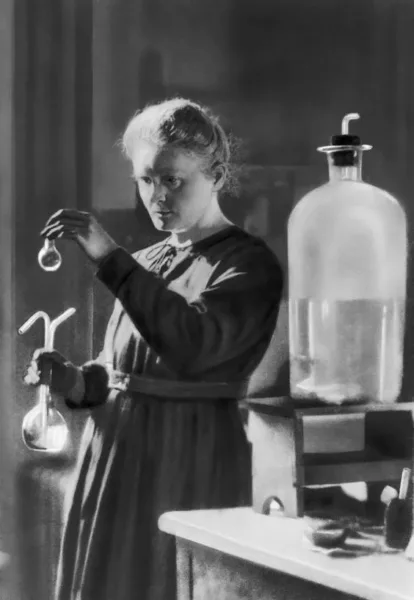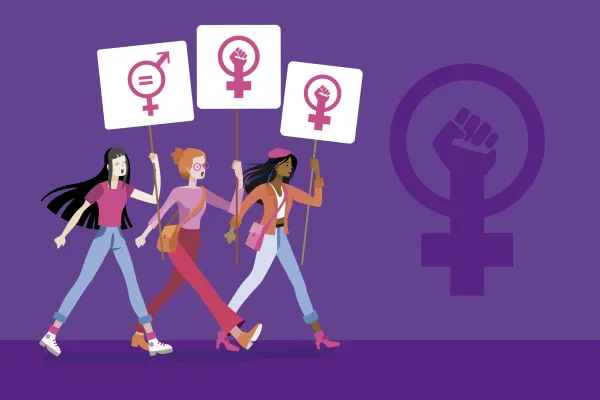Sure, you know Marie Curie. You have also probably heard of Mileva Einstein or Rosalind Franklin, whose work may have been stolen by men.
Women’s role in science has been discussed for over centuries, with opinions ranging from “burn them at the stake” to “they are just as intellectually capable as men”. But have you ever thought about how science has been treating women?

The glass ceiling and cultural pressure to conform to traditional gender roles, which place a woman into a role as caretaker and a homebody, all aside, science has been ignoring women’s bodies and minds for as long as it has existed.
We’ve all seen those advertisements in which feminine hygiene products compete in absorption rates, but the very first study done with actual period blood was only done last year. Previous studies were done with water, which has a different density and structure to blood.
Recently, the age- old rumor that menstrual cramps can be as painful as a heart attack has been confirmed. In light of similar studies that are receiving funding from governments, universities and companies at last, countries such as Spain have decided to allow women to take a paid day off during the first day of their period. Though science stands uncontested, some have protested this decision, showing hesitance to accept scientific findings.
Modern psychology and physiology are also men-oriented, because the samples of most studies were (primarily white) men.
A recent study showed that the good old “8 hours of sleep is ideal” statement is not true for women, and that women need more sleep than men, though the reasons why are still up to speculation.
Neuroscience has, at last, started researching women’s brains, and found hormones affect the size of certain regions of the brain that may enlarge or shrink depending on the endocrine system responses.

The assumption that men and women’s bodies function the same, and the subsequent cultural enforcement of the male-determined norms on women followed the 20th century Western trend of equality, ensuring that everyone starts from the same point. Nowadays, modern society is turning towards equity – providing everyone with what they need.
Perhaps the one science that has (somewhat) avoided this ever-present gender bias may be anthropology. The role of women in society and the cultural influences shaping women’s behavior have been a significant part of their research, most of which points to detrimental effects of the patriarchy. That said, social sciences, especially in the rise of post-structuralism, have been paying more attention to equity and minority / marginalized groups.
If one half of the human population is consistently ignored by research while being urged to abide by “scientific conclusions”, negative consequences may arise for the population as a whole.
Nowadays, 80% of women have some kind of hormonal imbalance and World Health Organization estimates 8-13% suffer from polycystic ovary syndrome. This may have negative consequences on fertility, physical and mental health (as mentioned earlier, hormones affect the brain).
With the rise of importance of equity in the Western world and advances in medicine and sciences, aiding women’s needs has become crucial.






